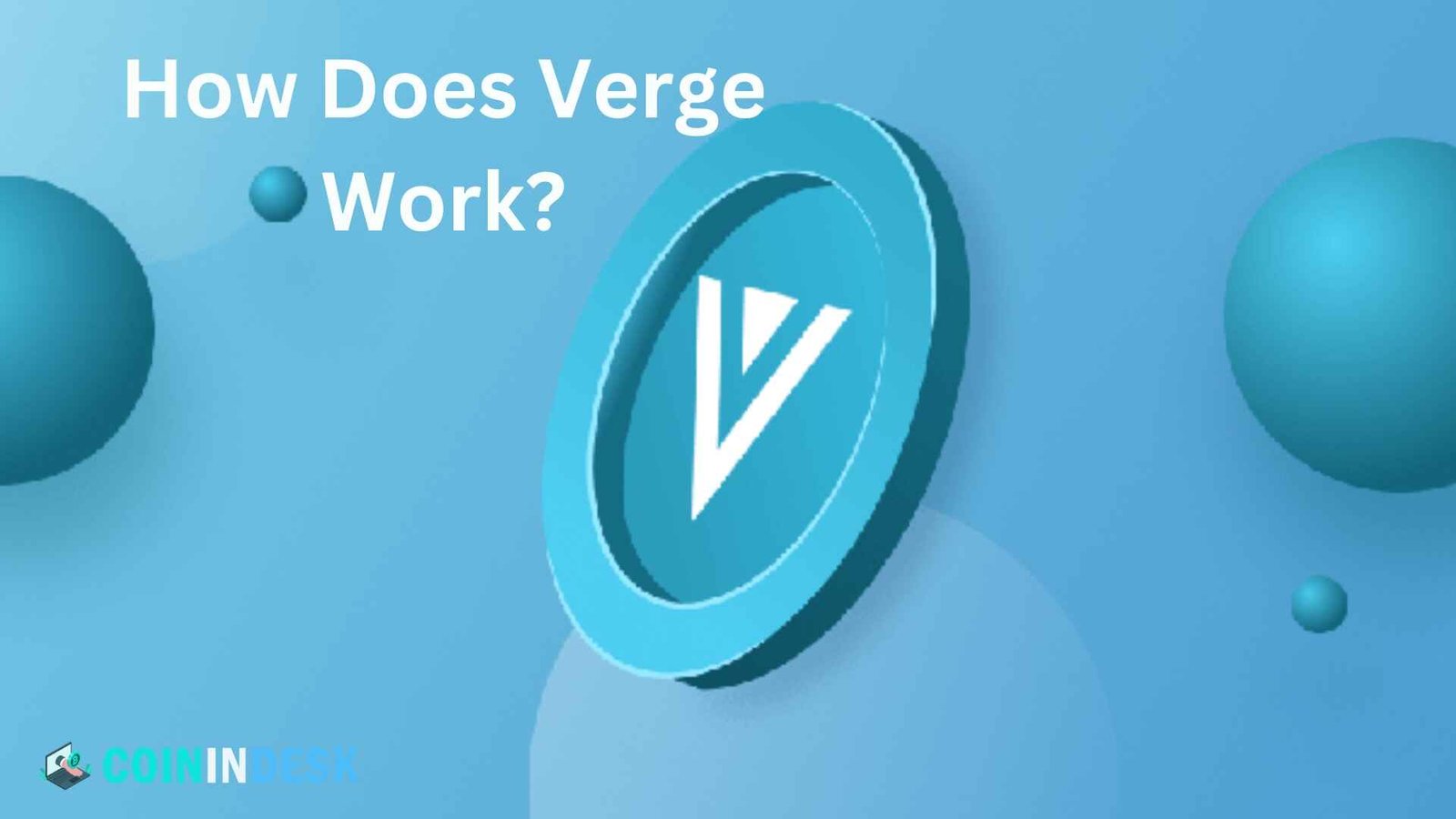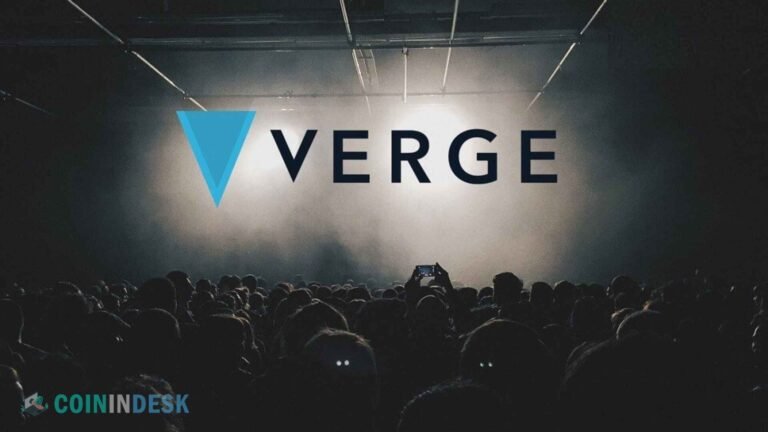Founded in 2014 by Justin Sunerok, Verge (XVG) is an open-source cryptocurrency project focusing on anonymity. To improve security, decentralization, and the distribution of Verge’s native token, XVG, to miners, the project employs a multi-algorithm Proof of Work (PoW) consensus. Before rebranding in 2016, Verge was known as DogecoinDark, a fork of Peercoin. Verge is one of the first Bitcoin privacy networks, and this article is an excellent resource for learning all you need to know about it. It delves into its novel approach to security features, tokenomics, and consensus.
Founders & History
When he first began promoting Verge, the project’s creator—who went by Sunerok—exposed himself to the cryptocurrency world as Justin Valo. Director of Operations Mihael Radoslovic and Business Development Strategist Mark Wittenberg are two more key members. Valo began his professional career in computer programming after graduating from high school. A few years later, he developed an interest in Bitcoin and Dogecoin (DOGE), which revealed a void in the alternative cryptocurrency industry.
Because he was unhappy with the lack of anonymity on the majority of altcoins, Valo created Verge. The project launched without an initial coin offering (ICO) or pre-mined coins, giving the team financial incentives. Along with other privacy-focused cryptocurrencies, Valo joined the advisory board of TokenPay in 2017. The group hails from various nations and is represented by anonymous volunteers.
Security Incidents
While Verge’s technology prioritizes user privacy, the company still has security breaches. Its tech was unhacked, which is noteworthy. Instead, it fell prey to the traditional 51% mining attack in April 2018. By taking advantage of a flaw in one of the five algorithms, the hacker could alter the timestamps on blockchain blocks, make mining more accessible, and mine Bitcoin faster than other users.
After evaluating the incident, the Verge team updated their network, but a comparable attack happened again the following day. The thieves ultimately made off with XVG, valued at $1.7 million. Since the developers closed the vulnerability, no incidents have occurred, and Verge’s privacy technology stack has remained entirely secure.
How Does Verge Work?
The integration of Tor and the Invisible Internet Project (I2P), an encrypted private network, demonstrates Verge’s commitment to user privacy. I2P encrypts the data for even more privacy, while Tor hides the users’ IP addresses. Fast, cheap transactions are possible thanks to its Simple Payment Verification (SPV) mechanism. Verge’s PoW consensus is a multi-algorithm, as previously stated. This makes it possible for users with varying mining equipment to mine XVG.
On a more technical note, Verge incorporates five distinct mining algorithms: Scrypt, X17, Lyra2rev2, Myr-groestl, and Blake2s. Combining various mining hardware, such as GPU mining rigs, CPU miners, and ASIC miners, makes the network less centralized. Even though it is proof-of-work, the network’s rapid processing speed is due in part to the use of various algorithms and mining hardware.
Transaction Speed & Scalability
Transactions on the Verge blockchain take 5–10 seconds, far less than the 5–10 minutes needed to complete Bitcoin transactions. It’s not only about speed; Verge can scale better than Bitcoin in other ways. Bitcoin can only handle about seven transactions per second (TPS), while Verge can handle up to 100 TPS. Because of this, Verge can be used for various purposes in different industries, such as online payments, charitable giving, privacy transactions, and more.
Businesses can utilize VergePay, a service that encrypts all financial transactions by routing traffic via the Tor network. This ensures that users’ IP addresses remain hidden and their privacy is protected. A company might use an existing API, like Micro Merchant’s, or one of the platform’s integration partners to incorporate XVG. Stealth Address is another crucial part of Verge. With this capability, senders can now construct one-time wallet addresses for their recipients. Verge also supports atomic swaps, which allow for trustless peer-to-peer cross-blockchain transactions.
Lastly, Simple Payment Verification processes all Verge transactions over TOR.SPV confirms blockchain transactions without executing a full network node; it is a lightweight client. The many benefits of light clients have made them quite popular in the cryptocurrency industry. Light clients enable devices like browser extensions and cell phones to access the network with less resource consumption than whole nodes.
Verge Tokenomics
The cap on Verge’s native coin is 16.5 billion XVG. The high supply cap prevents significant acquisitions and keeps the token value low (XVG has never been above $1), which allows for complete payments and reduces the possibility of market manipulation. The idea is to gradually strengthen the network’s decentralization and stability.
Verge follows Bitcoin’s pattern of frequent halving events. The block reward is 50% less for every half a million blocks. Because the number of newly created tokens will be gradually reduced, the value of XVG should rise over time. According to the current emission rates, Verge’s next halving will occur at block 7700000 on July 9, 2024. The current height of the block is 7478327.
Verge’s Competitors
Two of Verge’s main rivals, Monero and Tornado Cash, use different approaches to user privacy and anonymity. Monero utilizes a proof-of-work algorithm, much like Verge. For more equitable XVG mining and greater decentralization, Verge uses five distinct algorithms, which are the key differentiators. When it comes to privacy, though, Monero is top-notch. It employs cutting-edge cryptographic algorithms to mask transaction data on the blockchain so no one can see who sent and received money or how much it was.
At the same time, Tornado Cash is a cross-chain privacy tool. It repeatedly mixes them with other crypto assets to make it harder to trace the origin of cryptocurrency funds. Although these projects use different cryptocurrencies and approaches to guarantee privacy and anonymity, Monero is still the most popular and significant protocol in terms of market value.


